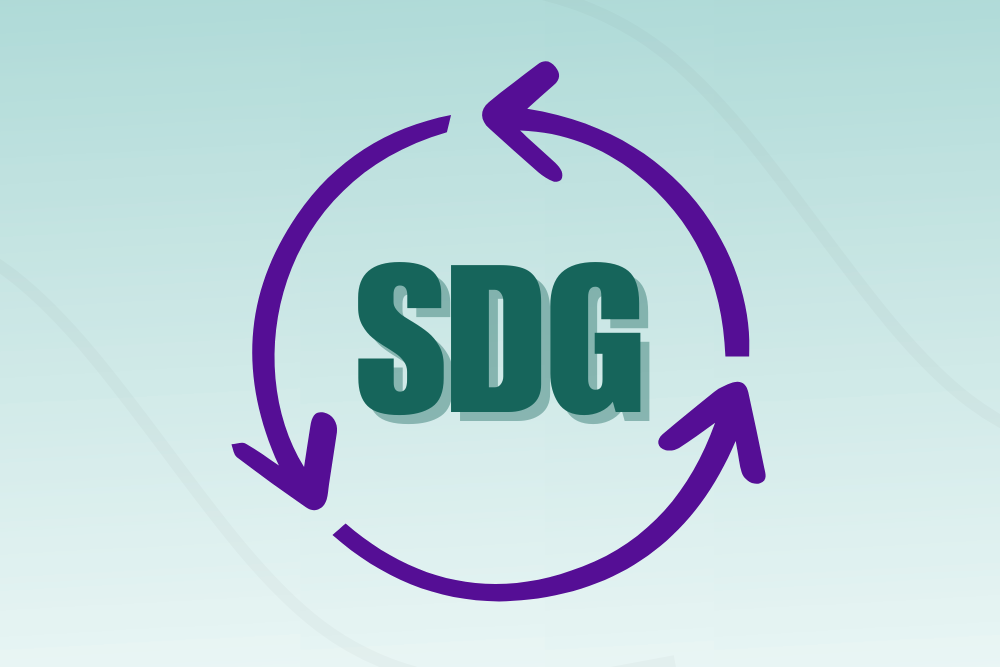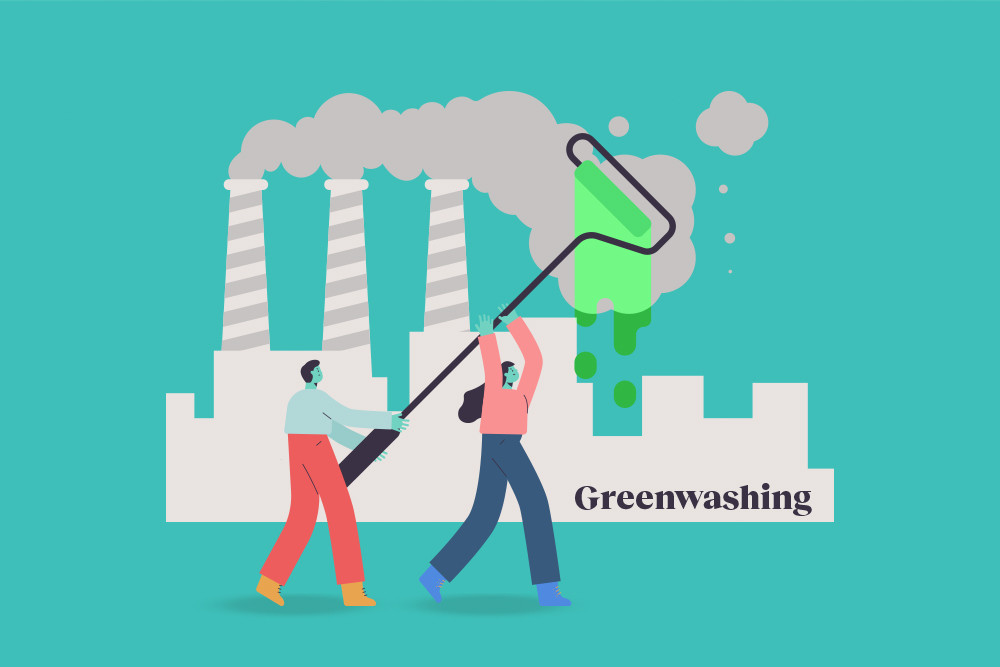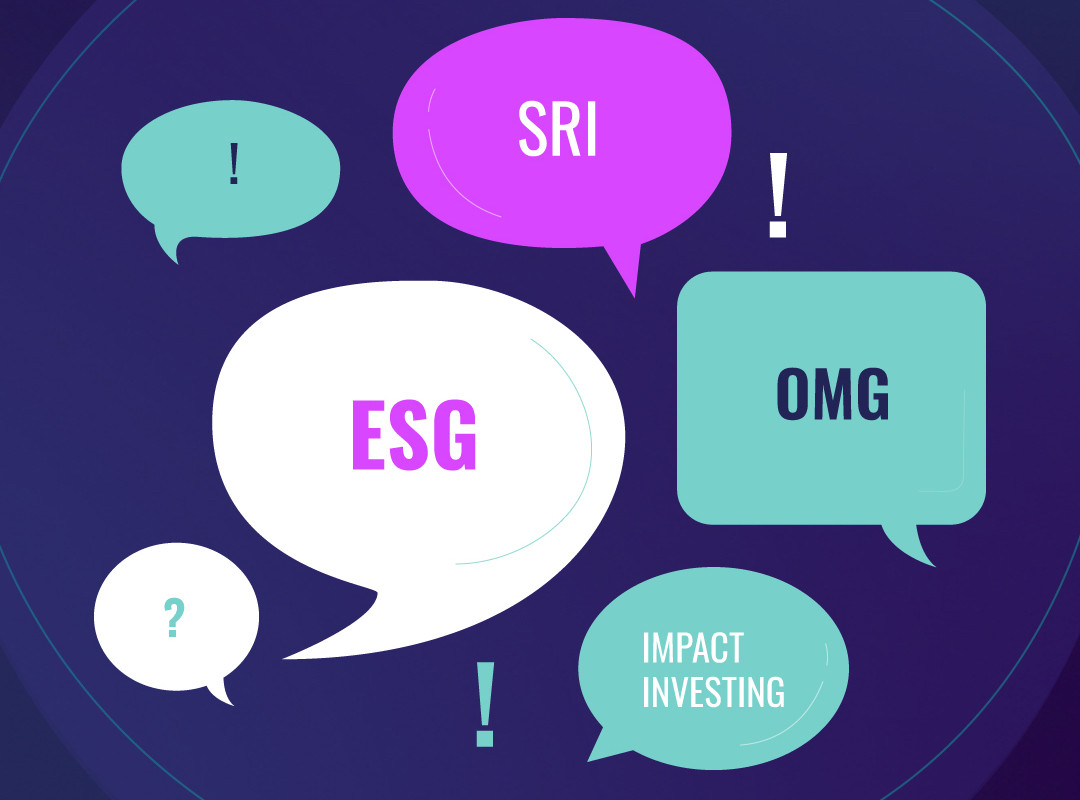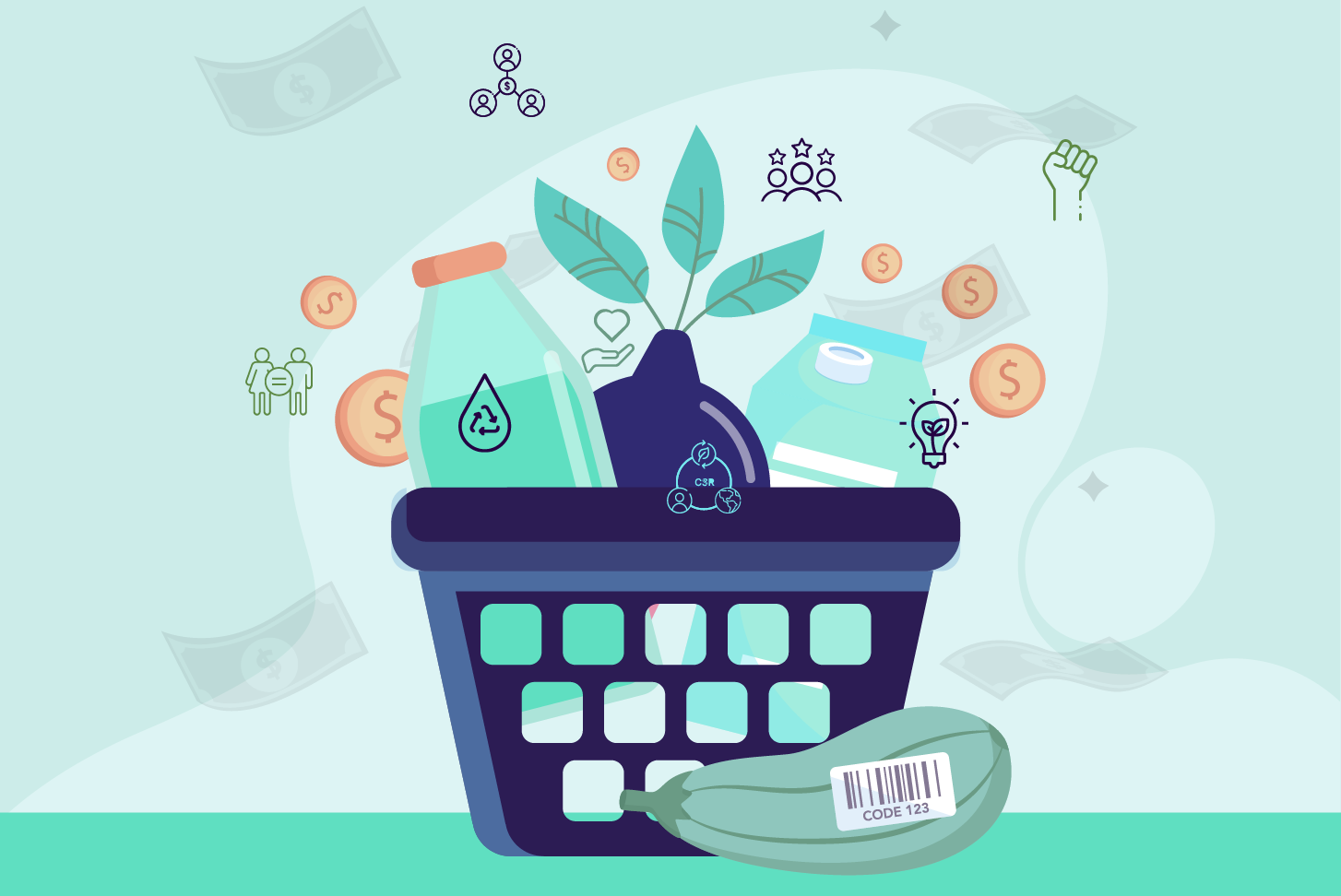 Back to Learn page
Back to Learn page

What Are the Sustainable Development Goals (SDGs) and What Do They Have in Common With ESG?
You may have heard the terms Sustainable Development Goals (SDGs) and environmental, social, and governance (ESG) mentioned together by responsible businesses or socially-conscious investors, but what are they actually and how do they relate to each other?
Besides ESG and SDG both being three-letter acronyms and both originating from the United Nations, the two terms relate to entirely different concepts. However, there are some parallels between the two.
So let’s dive into the terms ESG and SDG, what they mean, and what they have in common.
What are the sustainable development goals (SDGs)?
In 2015, the United Nations General Assembly put together the sustainable development goals (SDGs) as a list of objectives to aim to accomplish by 2030. The 17 SDGs represent aspirational goals that span a range of economic and societal issues, with the intention of providing a better future for all.
Here are the 17 SDGs:
1. No Poverty: This goal seeks to end poverty in all forms across the world, providing help to the most vulnerable populations.
2. Zero Hunger: Seeks to end hunger and malnutrition, while promoting access to sustainable agriculture.
3. Good Health and Well-being: Seeks to address the prevalence of certain diseases, as well as provide better and more equitable healthcare.
4. Quality Education: Achieve equitable and quality education, including free primary and secondary schooling for children.
5. Gender Equality: End discrimination against women and girls, which also means increasing access to education, jobs, reproductive health, and more. Also encourages more women to be leaders.
6. Clean Water and Sanitation: Address water scarcity, relieve water stress, and provide safe and clean drinking water to people who lack access to it.
7. Affordable and Clean Energy: Provide access to affordable renewable energy sources, especially as developing nations industrialize.
8. Decent Work and Economic Growth: Promote economic growth, access to well-paying jobs, end forced labor, and decrease economic inequality.
9. Industry, Innovation, and Infrastructure: Build resilient infrastructure, promote sustainable industrialization, and foster innovation.
10. Reduced Inequalities: Reduce global income inequality.
11. Sustainable Cities and Communities: Make cities and urban communities more sustainable, through things like providing access to affordable housing, business opportunities, public transportation and green spaces, and so on.
12. Responsible Consumption and Production: Promote sustainable consumption and production through increasing efficiency and minimizing waste.
13. Climate Action: Take urgent action to combat climate change and its worst repercussions.
14. Life Below Water: Protect coastal and marine ecosystems from damaging human impacts like pollution and ocean acidification, while promoting conservation.
15. Life on Land: Protect terrestrial ecosystems and combat loss of biodiversity.
16. Peace, Justice, and Strong Institutions: Work with governments and communities to address cycles of conflict and violence, while aiming for peace and prosperity.
17. Partnerships for the Goals: Promote cooperation between all communities to achieve these sustainable development goals.
As you can see, the 17 SDGs are quite ambitious. Aiming to eradicate poverty across the world by 2030 won’t be an easy task. But the point of the sustainable development goals isn’t to complete all of these things 100% by a certain deadline. Instead, the SDGs act as guiding principles to work towards in order to improve the well-being of humanity and the planet.
Anyone can take these SDGs and use them to inform their plans for the future — whether that’s a government looking to provide better access to jobs and healthcare, a business trying to monitor its impact on marine or terrestrial ecosystems, or an investor looking to promote the growth of renewable energy projects or access to educational resources. The SDGs are broad enough that they are applicable in many different scenarios.
What is ESG?
Environmental, social and governance (ESG), is a broad framework that is used to measure an organization’s environmental and social impacts, as well as its corporate governance structure. Measuring these things involves a lot of data, and under the broad umbrella of ESG there are many different ESG metrics that, when taken together, paint a picture of ESG performance.
For example, metrics like carbon emissions released, e-waste recycled, renewable energy used, and so on can help provide an understanding of an organization’s environmental performance. Meanwhile, the amount of charitable donations, employee diversity, and gender pay gaps can tell you more about social performance.
Although the metrics are attempts to quantify these impacts, it’s important to note that ESG performance isn’t always black or white. The large amount of things that affect E, S, or G mean that ESG performance will always involve gray areas. For example, a company can be really good about protecting the environment, but may mistreat its employees.
ESG scores are often used to quantify or make comparisons, but it may be more useful to think of ESG as a lens to analyze companies and get extra context, more so than it is a ranking system.
ESG has different uses. Companies may use ESG as a way to create policies to support their employees, create transparent corporate governance structures, or ensure a positive impact on the environment. Meanwhile, investors may use ESG to align their investments with their vision for the future, or to identify potential investment risks.
What do ESG and SDGs have in common? How are they different?
Coincidentally, both ESG and SDG have their origins tied to the UN.
The term ESG was first coined in 2004 by a United Nations report titled “Who Cares Wins.” The report states, “in a more globalised, interconnected and competitive world the way that environmental, social and corporate governance issues are managed is part of companies’ overall management quality needed to compete successfully. Companies that perform better with regard to these issues can increase shareholder value by, for example, properly managing risks, anticipating regulatory action or accessing new markets, while at the same time contributing to the sustainable development of the societies in which they operate.”
This excerpt from the report shows you that the concept of ESG was created in order to give businesses the perspective they needed in order to position themselves for a globalized future, anticipate regulatory shifts, and work towards creating value for both company shareholders and the world as a whole. The quote above also mentions “contributing to the sustainable development of societies,” which is the exact same thing that the SDGs aim to achieve.
This commonality may have to do with the fact that ESG and SDG both come from the UN, and one of the goals of the UN is to create a platform for nations, organizations, and groups to work together to solve humanity’s biggest challenges.
However, SDGs and ESG are quite different. This has to do with the purpose of each. The SDGs are an ambitious set of goals that provide a northstar for groups to work together to solve specific problems. ESG is more of a measurement system that’s more specific to how a company impacts the world.
Another way to think about it is that SDGs primarily focus on the end goal. Meanwhile, ESG focuses on quantifying where an organization currently stands. SDGs focus more on what an organization is trying to accomplish, while ESG focuses on how it’s performing.
Still, businesses and other organizations can use both ESG and SDGs to figure out and measure how they want to impact the world. And investors can use ESG and SDGs to understand which organizations they want to support. If you care about working towards a sustainable future, both SDG and ESG can be useful.
∙ ∙ ∙
The views expressed are those of the author at the time of writing, are not necessarily those of the firm as a whole and may be subject to change. The information contained in this advertisement is for informational purposes and should not be regarded as an offer to sell or a solicitation of an offer to buy any. It does not constitute a recommendation or consider the particular investment objectives, financial conditions, or needs of specific investors. Investing involves risk, including the loss of principal. Past performance is not indicative or a guarantee of future performance. We do not provide tax, accounting, or legal advice to our clients, and all investors are advised to consult with their tax, accounting, or legal advisers regarding any potential investment. The information and any opinions contained in this advertisement have been obtained from sources that we consider reliable, but we do not represent such information and opinions are accurate or complete, and thus should not be relied upon as such. This is particularly true during periods of rapidly changing market conditions. Securities offered through Fennel Financials, LLC. Member FINRA SIPC.

Expand your knowledge further

Greenwashing is a superficial and sometimes misleading way companies claim sustainability.

Some investors have a hypothesis that ESG investments generate stronger, more sustainable returns over the long term.

There are a lot of terms used in the world of impact investing, what do they all mean?

Active ownership could help ESG investors push for more impactful change.

What does impact investing look like in practice?

Proactive companies prioritize ESG in their business practices.

Social impact doesn't always happen in a vaccum.

An ESG index can help you track the performance of certain ESG-vetted companies over time.

Let's take a look back at some of the things that happened during last year's AGM season.

Want to invest in bonds while having a positive impact on the world?
Take back the power of your investment
